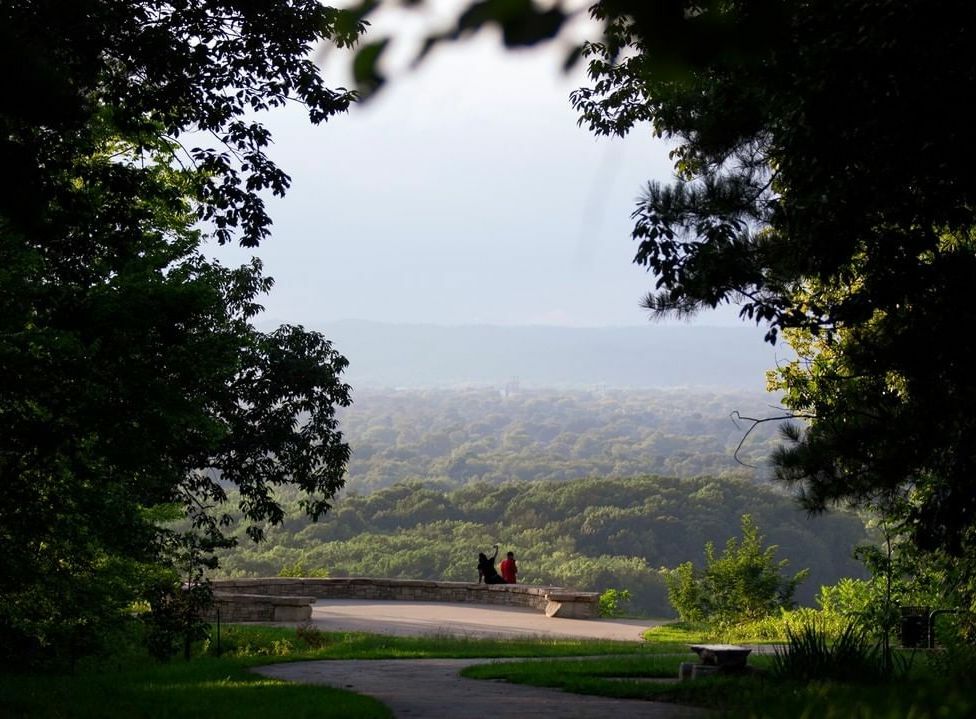
When I arrived in the United States for the first time as a graduate student, my dorm room overlooked Morningside Park. I loved this narrow, dramatic strip of green stretching 13 blocks up into Harlem, especially the rugged cliff of Manhattan schist and the unexpected waterfall. It was there, at Columbia University in 1982, that I met my husband-to-be, the writer Tony Horwitz.
Thirty years later, Tony decided that his next book would be a journey in the footsteps of Frederick Law Olmsted in the years before he found his destiny as a landscape architect. Tony was interested in the period in which he wandered the antebellum south as a correspondent for the New York Times, investigating the nation’s divisions on the question of slavery. In our own divided era, those questions seemed especially pressing.
As Tony travelled and researched that book, Fred more or less moved in with us. He would join us each evening at the dinner table, as Tony recounted Fred’s visionary take on the nature of social division, and his growing conviction that shared green spaces might provide both a source of healing and a means to bridge inequality.
Since he was spending so much time with us, it’s lucky that I liked Fred. I found him very much like Tony, open minded, curious about opinions not his own, willing to endure hardship and discomfort in the quest for an original, authentic experience. As the book took shape, it became clear to me that this affinity between subject and author would make Spying on the South one of Tony’s finest works.
It is, and it is also his last. Tony died suddenly while on book tour, just after Spying on the South was published in May of 2019. Towards the end of the writing of the book, Tony complained that he was stumped as to how to end it. I suggested he spend a day in Central Park, walk it from South to North, and reflect on Olmsted’s achievement. “If you do that, something will happen,” I promised him.
That day provided a beautiful last chapter for Spying on the South: An Odyssey Across the American Divide.Just above Harlem Meer, Tony encountered a sixth grader and his younger brother, who told him how he loved exploring and getting lost in the park. Tony told the boy that the man who designed the park would be glad to hear that. As the boy headed off into the woods, he turned back to Tony and said: “Tell Fred he did good.”
Editor’s Note: Geraldine Brooks is a member of the Olmsted 200 Honorary Committee and Pulitzer-Prize winning novelist. Her next novel, Horse, will be released in June 2022. You can learn more here. Tony Horwitz’s Spying on the South is available here.











